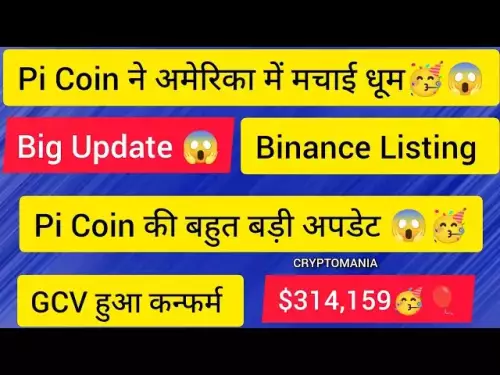Explore Stripe's Tempo blockchain and its potential impact on Ethereum and the broader crypto payment landscape. Will it revolutionize stablecoin transactions?

Stripe's venture into the blockchain world with Tempo, a payments-first Layer-1 chain, has stirred up quite the buzz. Built for stablecoin transactions, it sparks debates about its impact on Ethereum and the crypto landscape.
Tempo: Libra 2.0 or a Game Changer?
Tempo aims to streamline stablecoin transfers, giving merchants direct access to on-chain payments. Some even dub it “Libra v2,” suggesting it might succeed where Meta's Libra failed, given the friendlier crypto climate. Ryan Adams from Bankless noted Tempo chain by Stripe is Libra v2 but with a political climate that won’t strangle it in the crib.
Doubts and Concerns
Not everyone's convinced. Some experts question its technical foundations, suggesting existing platforms already offer more. There are also concerns about its claims of neutrality regarding stablecoins and gas tokens. Regulatory risks loom, as stablecoin issuers might lack confidence in Tempo's framework.
Ethereum's Role in the New Stablecoin Economy
While Tempo could compete with ecosystems like Solana and Polygon, experts predict Ethereum will still be a major player. Blockworks CEO Jason Yanowitz even argues Tempo could rival Tether, Circle, and Solana in the payments niche. The rise of meme-driven projects on Ethereum’s Layer-2 solutions like Based Eggman’s $GGs is reshaping how investors and developers perceive utility, scalability, and community engagement. The network’s restaking ecosystem has further solidified its security, with $100 million deposited into platforms like Ether.fi. Meanwhile, innovations such as xStocks—tokenized equities for 24/7 trading—highlight Ethereum’s expanding role in bridging traditional and decentralized finance.
The Rise of Meme-Driven Utility Tokens
Based Eggman’s $GGs token is built on Base, Coinbase’s Layer 2 solution, which offers low fees and fast transactions. This technical foundation positions $GGs as a scalable alternative to high-cost Ethereum-native tokens while maintaining compatibility with Ethereum’s broader ecosystem. The token’s utility extends beyond speculative value: it serves as a medium for gaming rewards, liquidity provision, minting, and smart contract gas fees.
Cross-Chain Ambitions and Ethereum’s Staking Dynamics
While $GGs operates on Base, its integration with Ethereum’s infrastructure has indirect implications for ETH holders. For instance, Aave (AAVE) whales have shown interest in staking $GGs, drawn by its gamified rewards and DeFi alignment. This cross-ecosystem participation could redirect capital from traditional Ethereum staking pools to projects offering novel yield mechanisms.
The Bottom Line
Stripe's Tempo blockchain is a bold move towards revolutionizing crypto payments, especially with stablecoins. Its success could reshape the competitive landscape, potentially redirecting stablecoin flows. Ethereum's role remains crucial, with Layer-2 solutions and meme-driven tokens adding new dimensions to its ecosystem. It's like watching a high-stakes poker game – who will hold the winning hand? Only time will tell, but one thing's for sure: the future of crypto payments is anything but boring!
Disclaimer:info@kdj.com
The information provided is not trading advice. kdj.com does not assume any responsibility for any investments made based on the information provided in this article. Cryptocurrencies are highly volatile and it is highly recommended that you invest with caution after thorough research!
If you believe that the content used on this website infringes your copyright, please contact us immediately (info@kdj.com) and we will delete it promptly.














































































